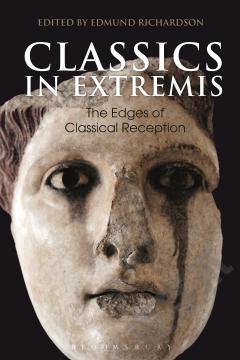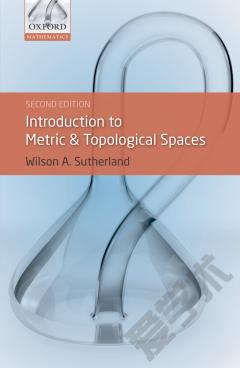Classical Measurements in Curved Space-Times
The theory of relativity describes the laws of physics in a given space-time. However, a physical theory must provide observational predictions expressed in terms of measurements, which are the outcome of practical experiments and observations. Ideal for readers with a mathematical background and a basic knowledge of relativity, this book will help readers understand the physics behind the mathematical formalism of the theory of relativity. It explores the informative power of the theory of relativity, and highlights its uses in space physics, astrophysics and cosmology. Readers are given the tools to pick out from the mathematical formalism those quantities that have physical meaning and which can therefore be the result of a measurement. The book considers the complications that arise through the interpretation of a measurement, which is dependent on the observer who performs it. Specific examples of this are given to highlight the awkwardness of the problem.
{{comment.content}}








 京公网安备 11010802027623号
京公网安备 11010802027623号